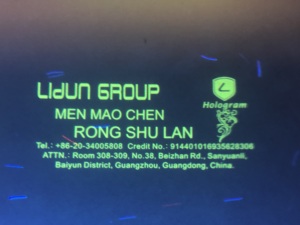Understanding Offset Ink Printing
Offset ink printing is a widely adopted method in the printing industry, known for producing high-quality images and vibrant colors. This technique involves transferring ink from a plate to a rubber blanket and then onto the printing surface, typically paper. The process allows for consistent print runs and is favored for large-volume jobs due to its efficiency. Understanding the different aspects of offset ink printing can help businesses make informed decisions about their printing needs.
Types of Offset Ink Printing
Offset ink printing comes in various types, each serving different printing needs. Here are the primary types:
- Sheet-fed Offset Printing: This method uses individual sheets of paper, ideal for short to medium print runs, such as brochures and business cards.
- Web Offset Printing: Best suited for high-volume printing, web offset uses rolls of paper and is commonly used for newspapers and magazines.
- Digital Offset Printing: Combines digital printing technology with traditional offset processes, allowing for on-demand printing and variable data printing.
- Coldset vs. Heatset Offset Printing: Coldset is used mainly for newsprint, while heatset is better for coated papers where the ink is dried using heat.
Advantages of Offset Ink Printing
Offset ink printing offers numerous advantages making it a preferred choice for businesses worldwide:
- High-Quality Output: Produces sharp, clear images and text with vibrant colors, enhancing the visual appeal of printed materials.
- Cost-Effective for Large Volumes: Although initial setup costs can be higher, the cost per unit decreases significantly with increasing print quantities.
- Versatility: Can print on a variety of substrates, including different paper types, plastics, and other materials, expanding creative options.
- Consistent Quality: Ensures uniform results across print runs, which is crucial for maintaining brand integrity.
Applications of Offset Ink Printing
Offset ink printing finds its place in many applications across various industries. Here are some common uses:
- Commercial Printing: Perfect for creating marketing materials like flyers, brochures, and catalogs with high-quality visuals.
- Publishing: Ideal for books, magazines, and newspapers where image quality and page consistency are essential.
- Packaging: Used for producing packaging materials that require vibrant colors and intricate designs to attract consumers.
- Stationery Products: Allows businesses to create bespoke stationery sets, including envelopes and letterheads that reflect their branding.



















































































































































































